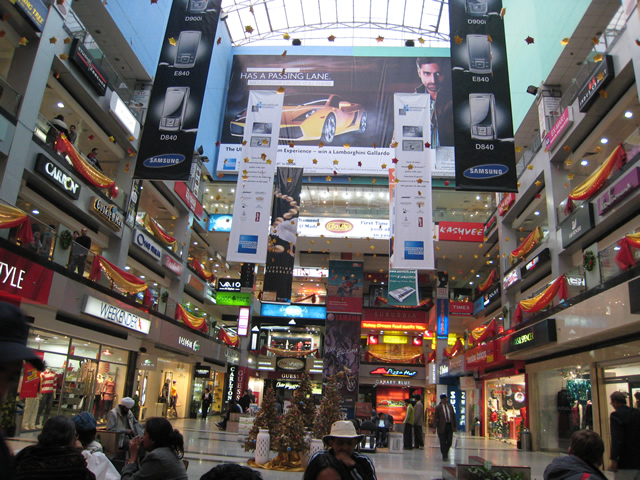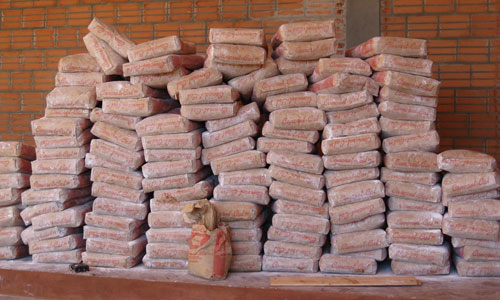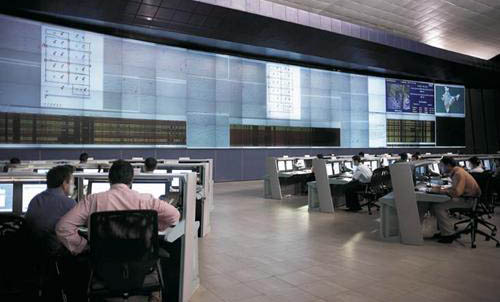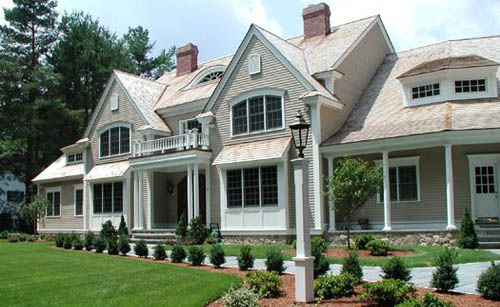Main header for reports section

Following a particularly strong fourth quarter of 2014, the first quarter of 2015 reported comparatively slow activity on the office market front across leading cities. This apparent demand drop was largely because most corporate space occupiers were still strategizing their real estate plans for the year during the period, with fewer transaction decisions being implemented in the first quarter.









